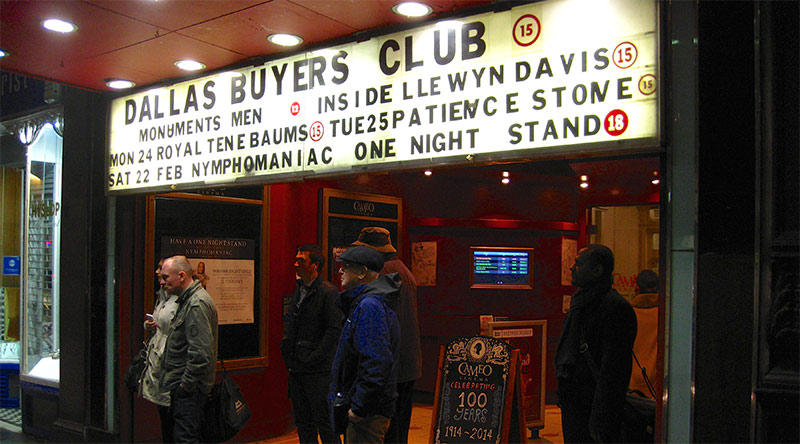Dallas Buyer’s Club have launched an innovative new digital business model in Australia that promises to turn around decreasing income for movies caused by declining cinema audiences and low VOD licensing fees.
Rather than release their Oscar winning movie at the same time as in the United States the studio decided to wait a few months before it was released in cinemas in Australia. What this did was effectively precipitate a window release on BitTorrent in advance of the much anticipated cinema release.
Dallas Buyer’s Club then worked with an innovative German technology partner Maverick Eye UG to trace the IP addresses of all those 4726 Australians who helped seed the BitTorrent release. Then, assisted by a room full of ‘intellectual property’ lawyers they launched a Federal Court action to trace the people behind the IP addresses.
The plan was then to send out speculative invoices to all those people who helped seed the BitTorrent release threatening expensive legal action but promising to settle for a mere $7000.
This new business model could return more to the studio than the entire Australian box office takings for the movie if just one in nine people opt to pay the settlement fee. This represents an ambitious conversion rate of 9%. By comparison, the business model of Nigerian spammers counts on less than 1% of people paying up.
Unfortunately for the Dallas Buyer’s Club, the Federal Court judge will not allow them to send out letters until they are scrutinised and approved by the court. This time around it is unlikely they will be able to include the empty threats critical to the 9% conversion rates they need.
But the business model looks promising if the studio follow through with new court cases in the future. Who knows, by the time they release their next movie they may be able to demand even bigger settlement fees from Bittorrenters.
The added bonus of this case is that it allows movie studios, struggling creative artists and copyright owners everywhere to make extravagant public statements against the scourge of internet piracy, secure in the knowledge they occupy the moral high ground.
By monetizing the Bittorrent release of their film Dallas Buyers Club have come up with a method that could prop up the dying windows release system for years to come. Law abiding citizens who patiently wait for a cinema release will continue to pay their $15 but the Bittorrent experience will attract the premium rate.
Image by Angus McDiarmid, The Cameo Cinema



